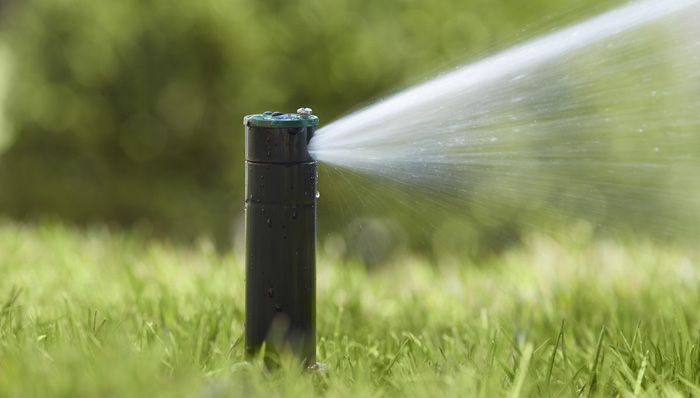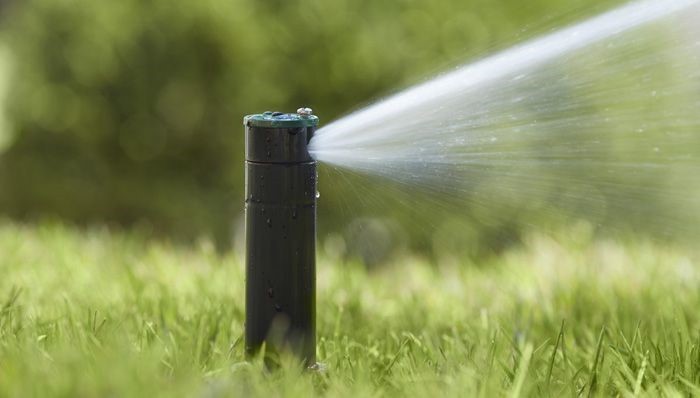Spring is the perfect time to upgrade your lawn irrigation system. Smart irrigation tools—such as Wi-Fi-enabled controllers, soil moisture sensors, and rain sensors—help your system adjust automatically based on weather and soil conditions. These upgrades take the guesswork out of watering and prevent overwatering.
Thanks to the Metropolitan Council's Water Efficiency Grant Program, funded by the Clean Water, Land, and Legacy Amendment, several Anoka County cities are offering rebates for smart irrigation controllers that reduce water waste and lower your water bill. Click the links below or check with your city to learn more about eligibility and how to apply.
- Smart irrigation controller rebates: Centerville, Coon Rapids, Fridley, Lino Lakes, Ramsey
- Irrigation audits to assess water efficiency: Fridley
Smart irrigation is a simple, effective step toward more resilient water resources—right here in Anoka County. Visit the University of Minnesota Extension's Lawn Care website for additional lawn management resources. For more information contact Mitch Haustein, Stormwater and Shoreland Specialist, at




